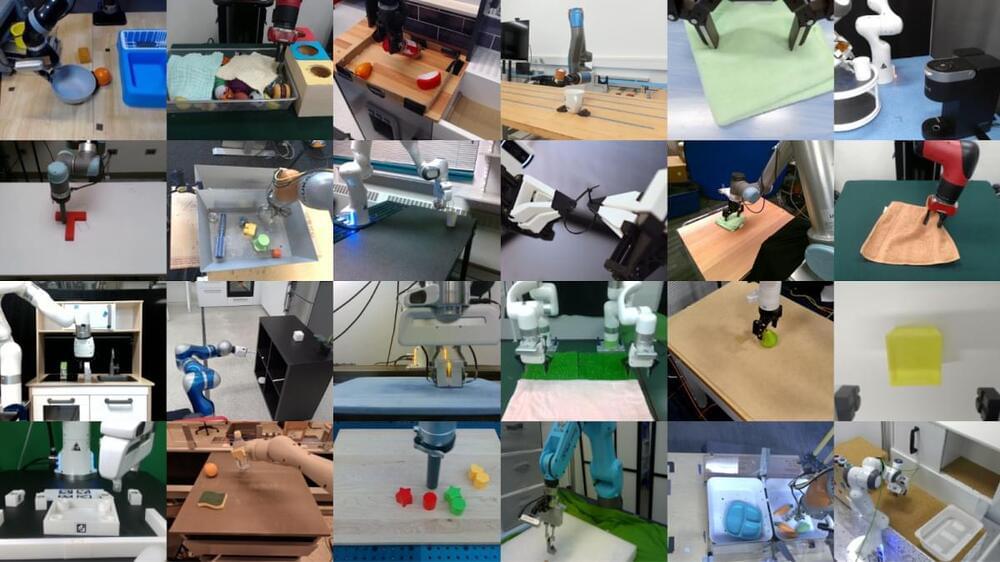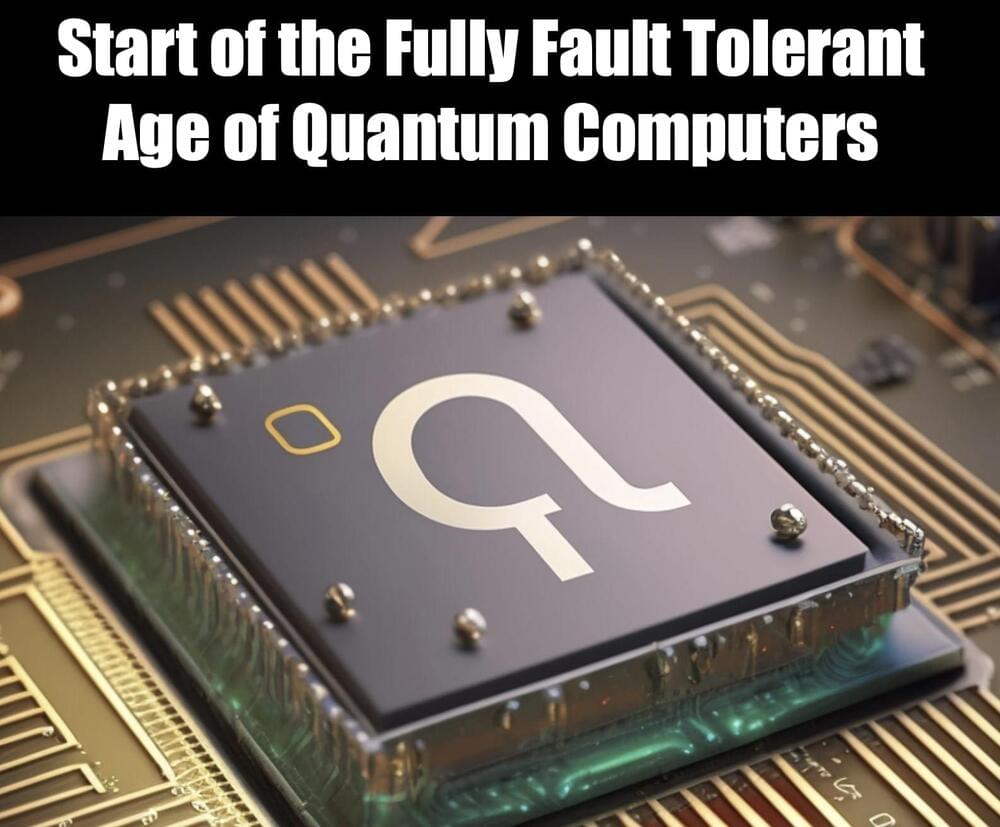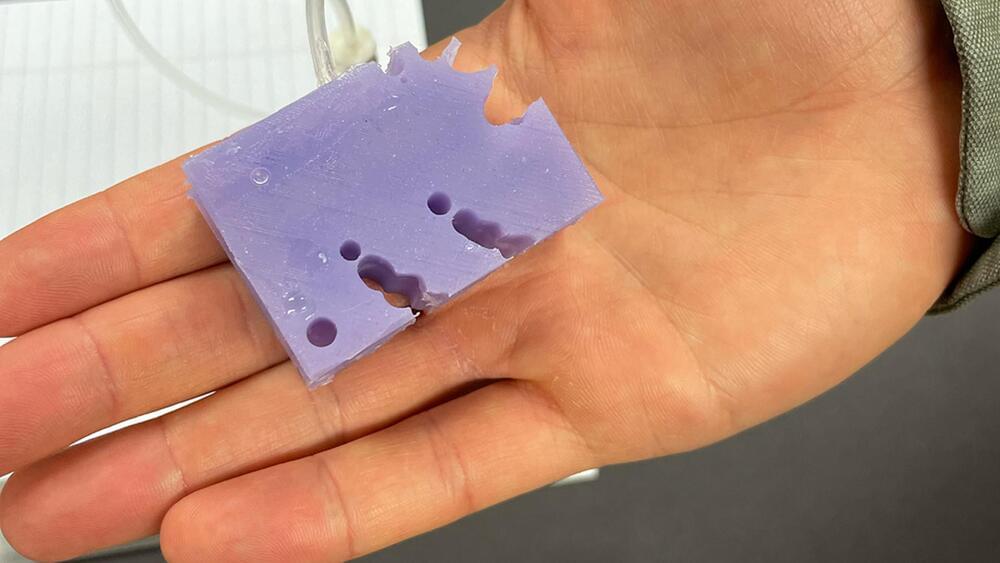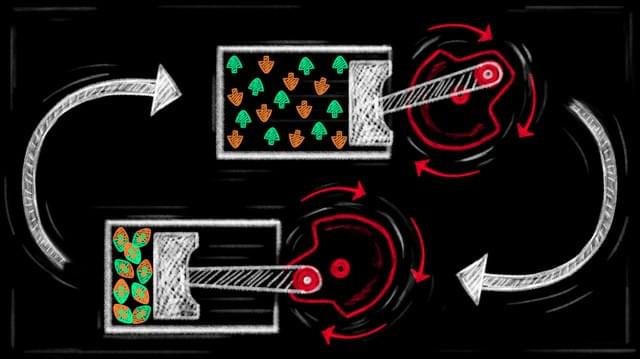Of all the holy grails in robotics, learning may well be the holiest. In an era when the term “general purpose” is tossed around with great abandon, however, it can be difficult for non-roboticists to understand what today’s systems can — and can’t — do. The truth of it is that most robots these days are built to do one (or a couple, if you’re lucky) thing really well.
It’s a truth that spans the industry, from the lowliest robot vacuum to the most advanced industrial system. So, how do we make the transition from single to general purpose robotics? Certainly, there are going to be a lot of stops in multipurpose land along the way.
The answer is, of course, robot learning. Walk into nearly any robotics research lab these days and you will find teams working on tackling the issue. The same applies to startups and corporations, as well. Look at companies Viam and Intrinsic, which are working to lower the bar of entry for robot programming.








